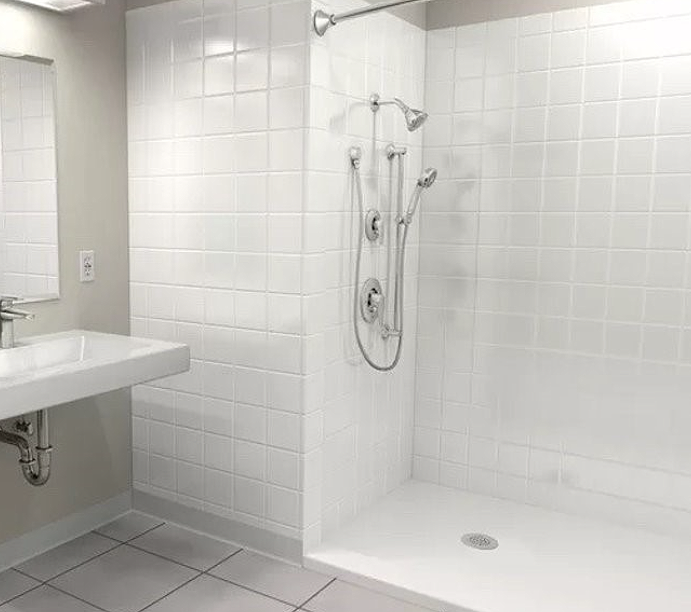While the hidden dangers associated with your bathroom are great, preventing bathroom-related accidents is mostly easy to do and can be done in an afternoon. This is the third in a series of posts about how you can safety-proof your bathroom.
But you don’t have to do it alone. We can help make sure your aging loved one never has to worry when he or she steps into the tub again, which means you never have to worry. Our walk-in tubs are designed to make sure the elderly, and men and women with mobility handicaps, can safely enter and exit the bathtub. Call us at 800-373-4322 any time or fill out this form and we can get back to you when it’s convenient for you.
Toilets
Standard-size toilets are usually 15 to 17 inches tall (measured from the floor to the top of the seat), and seats at this height can become difficult for an elderly or mobility-impaired person to sit on, especially someone with arthritis or problems with their hips, knees, and/or back. Installing a raised toilet seat can give someone the height they need to safely and more easily sit on the toilet.
A 15-inch toilet means someone sitting down on it will need to squat, which can injure someone’s knees or aggravate an existing knee injury. Even if such an injury does not occur, and even if you can sit on the toilet, some people may find standing after difficult.
Installing a raised toilet seat can give someone who needs help added independence. Asking someone to help you sit and stand from the toilet may be, at best, awkward, but more than likely embarrassing (for both parties). And since raised toilet seats are easy to install, when the time comes that someone needs help sitting and standing, such a project may be the best way to ease someone into the idea of a bathroom remodel based on their current or future mobility needs.
So how high to elevate? An extra five or seven inches may do the trick. You can find a molded plastic seat that will adhere to your existing toilet, or you can install a raised platform over the toilet (depending on how much room you have in your bathroom) on which someone can sit comfortably. Such a device may be useful if there are several people sharing a bathroom, since the device can be moved after use by someone who needs it.
Along with raising the toilet seat, you should install grab bars around the toilet. See our feature on installing safety bars in the shower for tips on other places where safety bars may be useful.
When installing safety bars for use near the toilet, consider how much wall space you have near the toilet, how close other fixtures will be to the installed safety bar, and if the safety bar will interfere with other people in the household who may be using the toilet. As with safety bars you install in the shower, never use a towel rod as a safety bar, as towel rods are not sturdy enough to help someone if they start to slip.
With about 5.1 million people injured in the home each year due to slipping and falling, you can help prevent such an accident from happening in your bathroom by putting in place effective safety measures.




